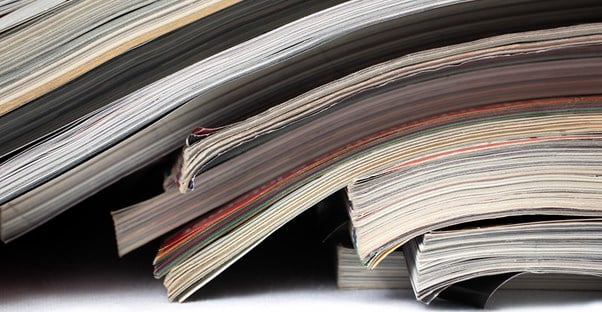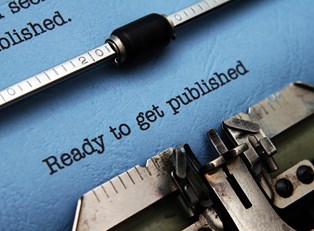If you're a young writer trying to figure out what the best way to publish your book will be, you need to start by understanding the differences between traditional publishing and self-publishing.
What is Traditional Publishing?
Traditionally, authors get their books published by getting a publishing company, like Random House or Penguin Publishing, to sponsor and publish their book. With this option, publishing companies take authors through every step of the publishing process, including editing, printing, distributing, and marketing.
Advantages
Traditional publishers sponsor authors and pay for the high costs of publishing a book. This gives the author financial stability. Publishing companies also must accept an author’s manuscript, which helps give the author some assurance that their manuscript is worth publishing in the first place.
Disadvantages
There are two major disadvantages to traditional publishing. First, publishing companies reject a much higher percentage of manuscripts than they accept. Some estimates indicate that the most prestigious publishing companies reject 98% of the manuscripts that are sent to them. The second disadvantage is that because publishers pay for the costs, they also take a high percentage of the profits. So most authors don’t make much money from their book sales unless their books become bestsellers.
What is Self-Publishing?
Some authors, who want to avoid most of their book profits going to a publishing company, choose to self-publish their books. This means that they get a printing company to print their books and take care of distribution on their own, without the sponsorship of a publishing company.
Advantages
Self-publishing is mostly advantageous for those rare authors who make a lot of money from the sale of their books. When a self-published book becomes popular, the author retains higher profits than traditionally published authors do.
Disadvantages
The major disadvantage of self-publishing is that the author becomes responsible for paying all of the costs of publishing a book with little security in knowing that their book will become famous enough to gain high profits. It can also be time-consuming and difficult to manage for authors who have full-time jobs in addition to writing.
Costs to You
Self-publishing authors have to pay for more than just printing costs. In order to create a really worthwhile book, self-publishers have to spend tons of time writing and then follow that up with paying for developmental editors and copyeditors. Self-publishers then also must pay for printing costs, ISBNs, marketing and advertising costs, and distributing costs. Some self-publishers find ways to self-publish on a major budget, but they often don’t find profitable success. The general self-publishing rule of thumb is that you have to spend money to make money, which can be difficult to do if you don’t have a strong financial backing.




